7 Most Venomous Creatures You Should Avoid – And 7 That Use Venom To Heal

Nature has armed certain creatures with venom strong enough to cause life-threatening reactions in minutes, while others create compounds with healing potential. These fascinating animals demonstrate the dual nature of venom – both as a deadly weapon and as a potential medicine.
From ocean depths to desert sands, let’s explore the most dangerous venomous creatures to avoid and those whose venom might one day heal you.
1. Box Jellyfish: The Silent Ocean Assassin
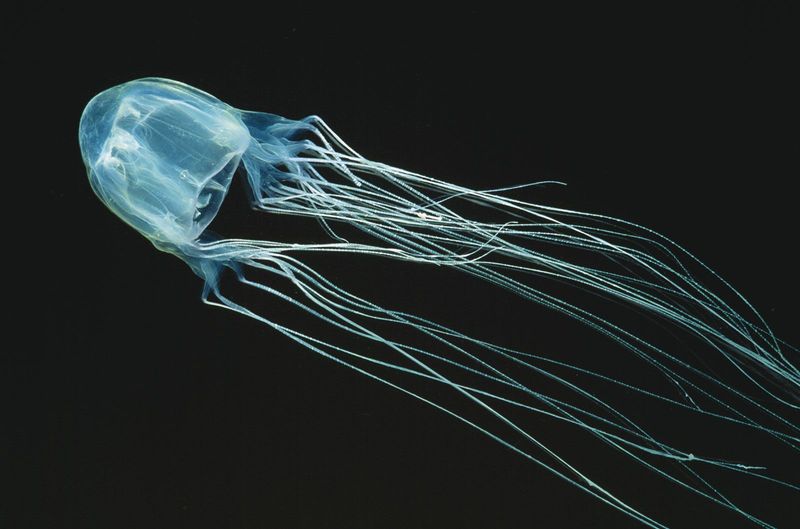
Floating like ghostly umbrellas in tropical waters, these nearly invisible creatures deliver venom powerful enough to cause severe reactions within minutes. Their tentacles are lined with thousands of microscopic harpoons that release venom on contact.
What makes them truly alarming? You might not even notice them until it’s too late.
2. Inland Taipan: Australia’s Living Weapon

Just a drop of this shy snake’s venom holds enough power to impact 100 adults. Despite its potency, the reptile avoids human contact by hiding in remote cracks and crevices.
The venom acts swiftly on the nervous system, blood, and muscles all at once. Fortunately, this snake usually chooses escape over confrontation.
3. Blue-Ringed Octopus: Tiny But Terrifying
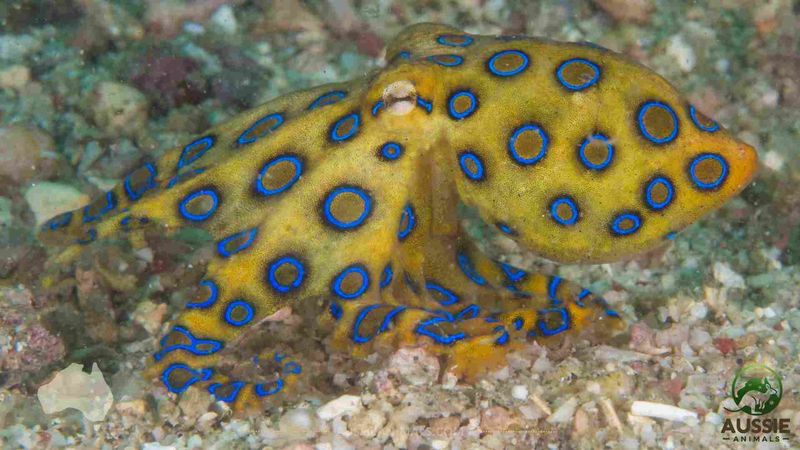
No bigger than a golf ball, this pint-sized predator flashes brilliant blue rings when threatened. The warning is well-deserved – its venom can cause rapid paralysis.
With no antivenom available, encounters can quickly become serious. Bites are rare and usually happen only when the animal is stepped on or handled.
4. Stone Fish: The Camouflaged Threat
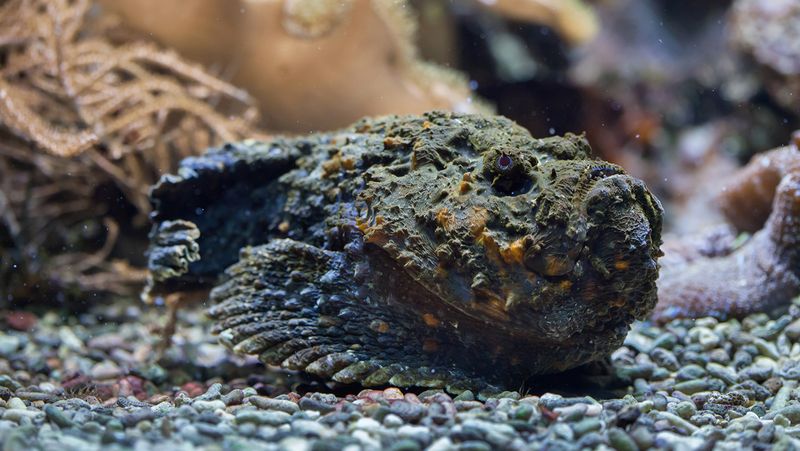
Looking like an ordinary rock on the ocean floor, this master of disguise hides deadly spines along its back. Step on one, and you’ll experience what many describe as the worst pain imaginable.
Their venom causes intense agony, tissue death, and potentially heart failure. Even more frightening – they’re virtually invisible until it’s too late.
5. Death Stalker Scorpion: Desert Nightmare
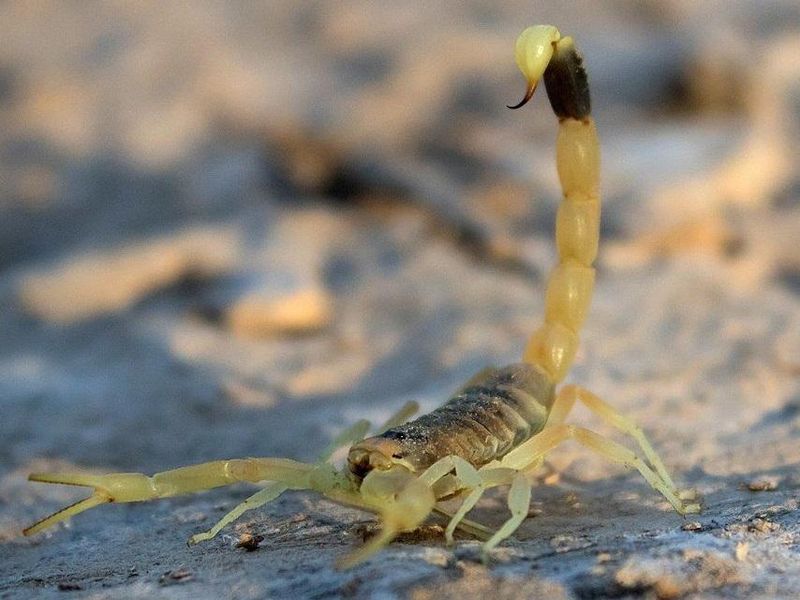
Glowing neon green under UV light, these scorpions deliver excruciating stings that can be fatal, especially to children and the elderly. Their venom attacks the nervous system with frightening speed.
Found across North Africa and the Middle East, they often hide in shoes or bedding. Despite their fearsome reputation, they’re actually shy creatures that sting only when threatened.
6. Brazilian Wandering Spider: Nightmare On Eight Legs
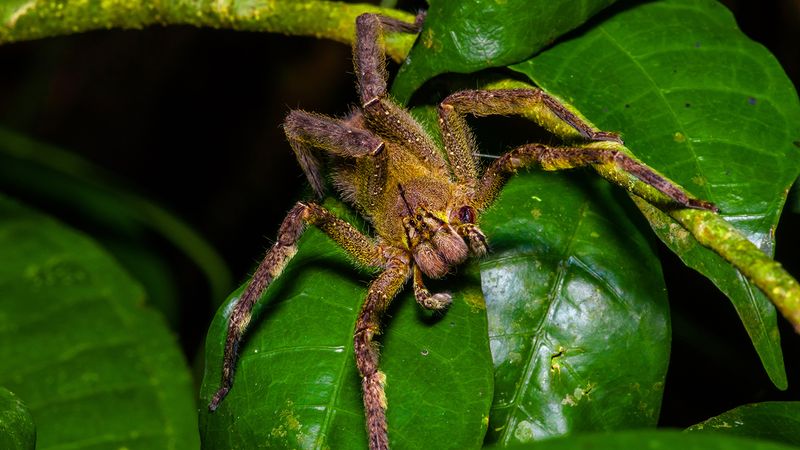
Unlike most spiders that build webs, these aggressive hunters actively roam at night. Their venom causes intense pain, breathing problems, and in men, uncomfortable prolonged erections. They’ve earned a reputation for hiding in banana shipments.
One bizarre twist? Scientists are studying their venom as a potential treatment for erectile dysfunction.
7. Cone Snail: Beauty With A Potent Harpoon
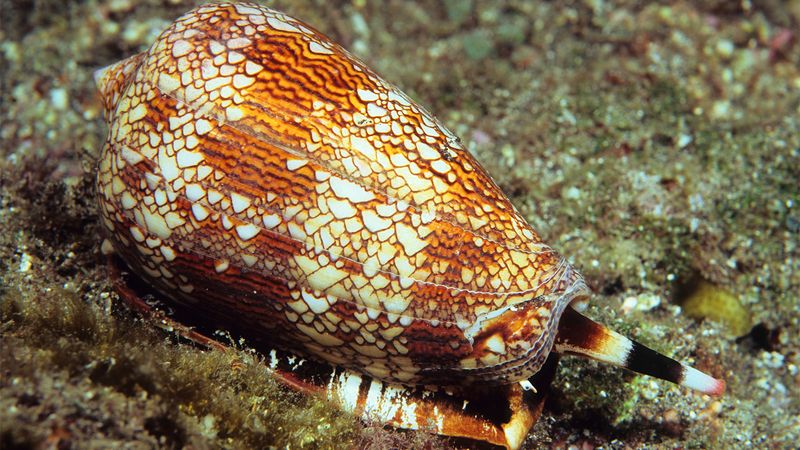
Gorgeous shells hide a sinister secret – these marine snails shoot venomous harpoons that can pierce wetsuit gloves. There’s a saying among collectors: “If you’re stung, say goodbye to your loved ones.”
Their complex venom contains hundreds of toxins that can cause paralysis within moments. No antivenom exists, making encounters potentially fatal.
8. Gila Monster: Desert Healer
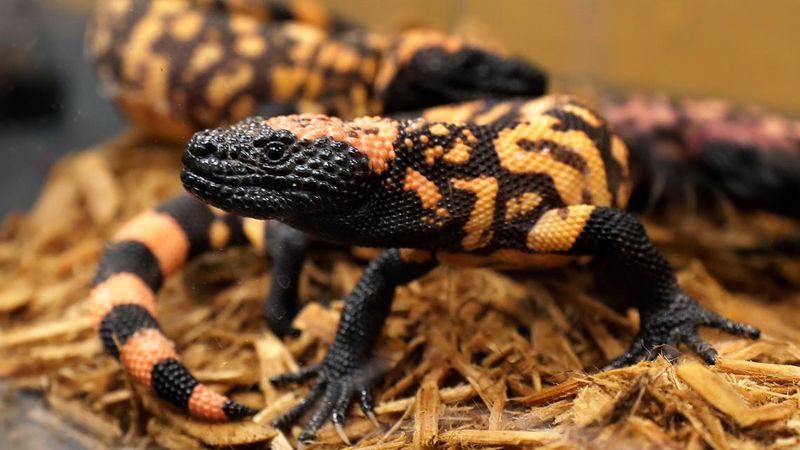
This orange-spotted lizard’s painful bite led to a breakthrough diabetes medication. Scientists discovered a compound in their venom that regulates blood sugar levels more effectively than many traditional treatments.
The FDA-approved drug Byetta helps millions of diabetics worldwide. Not bad for a sluggish reptile that spends 95% of its life underground!
9. Cobra: Pain Relief Provider
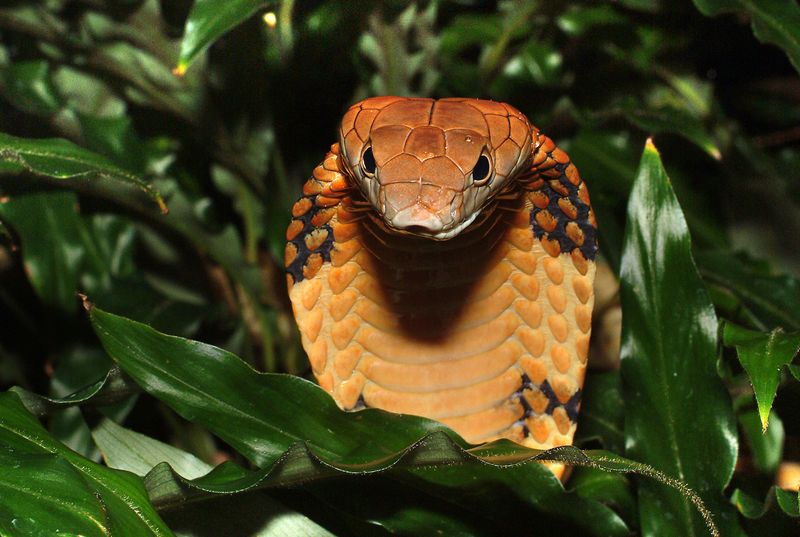
Beyond their fearsome reputation, cobra venom contains powerful pain-fighting compounds. Researchers have developed a gel from cobra toxins that works better than morphine without addiction risks.
The venom blocks pain signals by targeting specific nerve channels. Clinical trials show promising results for chronic pain sufferers, potentially offering relief where traditional medications fail.
10. Deathstalker Scorpion: Cancer Fighter
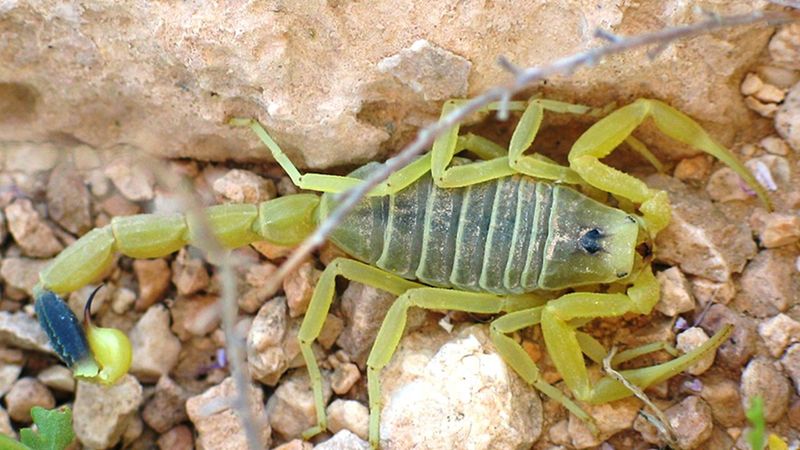
The same scorpion that kills can also heal. Scientists have isolated a compound called chlorotoxin from their venom that binds specifically to brain tumor cells.
This remarkable property allows surgeons to better visualize cancer during operations. When combined with fluorescent dye, the toxin makes tumors glow, helping doctors remove cancer cells with unprecedented precision.
11. Sea Anemone: Heart Healer

Beneath their flower-like appearance, sea anemones pack venom that’s showing promise for treating heart attacks. Compounds in their toxins can form a protective shield around damaged heart cells.
Research shows these venom proteins may prevent the cascade of cell death following cardiac events. This could revolutionize treatment by limiting damage during those critical first hours.
12. Vampire Bat: Blood Clot Buster

These tiny mammals produce saliva containing potent anticoagulants that keep blood flowing while they feed. Scientists have developed a clot-busting drug called Desmoteplase from this compound.
Unlike current stroke medications with narrow treatment windows, bat-derived drugs may work up to nine hours after a stroke occurs. This extended timeframe could save countless lives and prevent disability.
13. Bee Venom: Arthritis Ally
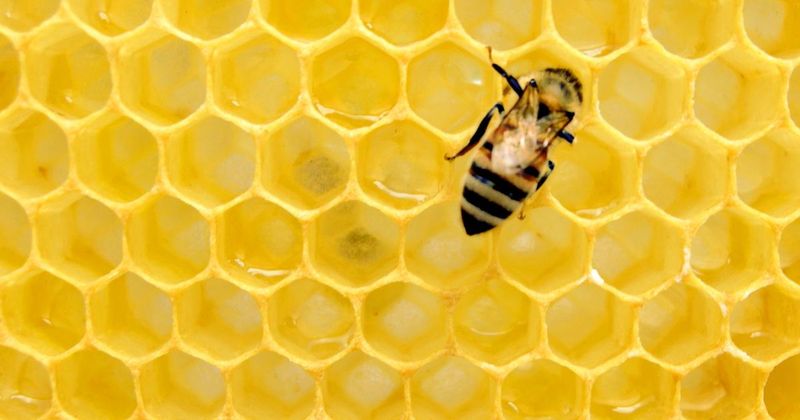
The painful sting that makes us run might actually help those who can’t. Bee venom therapy shows promising results for rheumatoid arthritis and multiple sclerosis patients.
The venom contains anti-inflammatory compounds that reduce swelling and pain. Some patients report significant relief after controlled application of bee stings, though scientists are developing less painful delivery methods.
14. Centipede: A SurprIsing Source Of Pain Relief
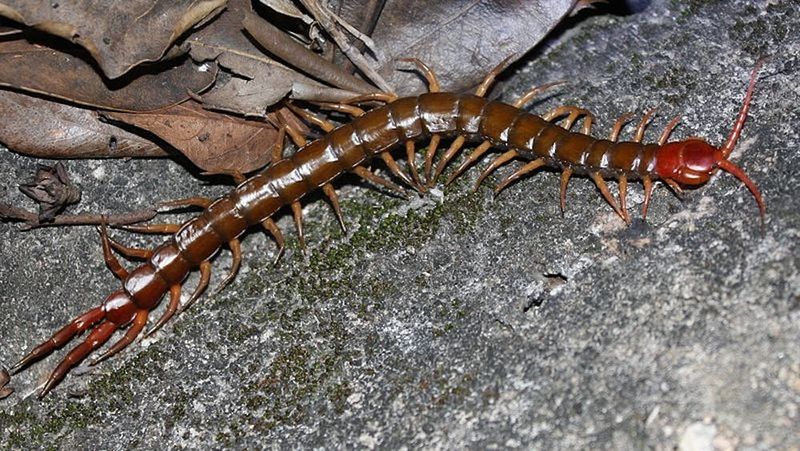
These many-legged crawlers deliver excruciating bites, yet their venom contains a compound that blocks pain receptors more effectively than morphine. Chinese traditional medicine has used centipede extracts for centuries.
Modern research confirms these toxins target specific pain pathways without affecting other sensations. The best part? They don’t cause addiction or respiratory depression like opioids.






